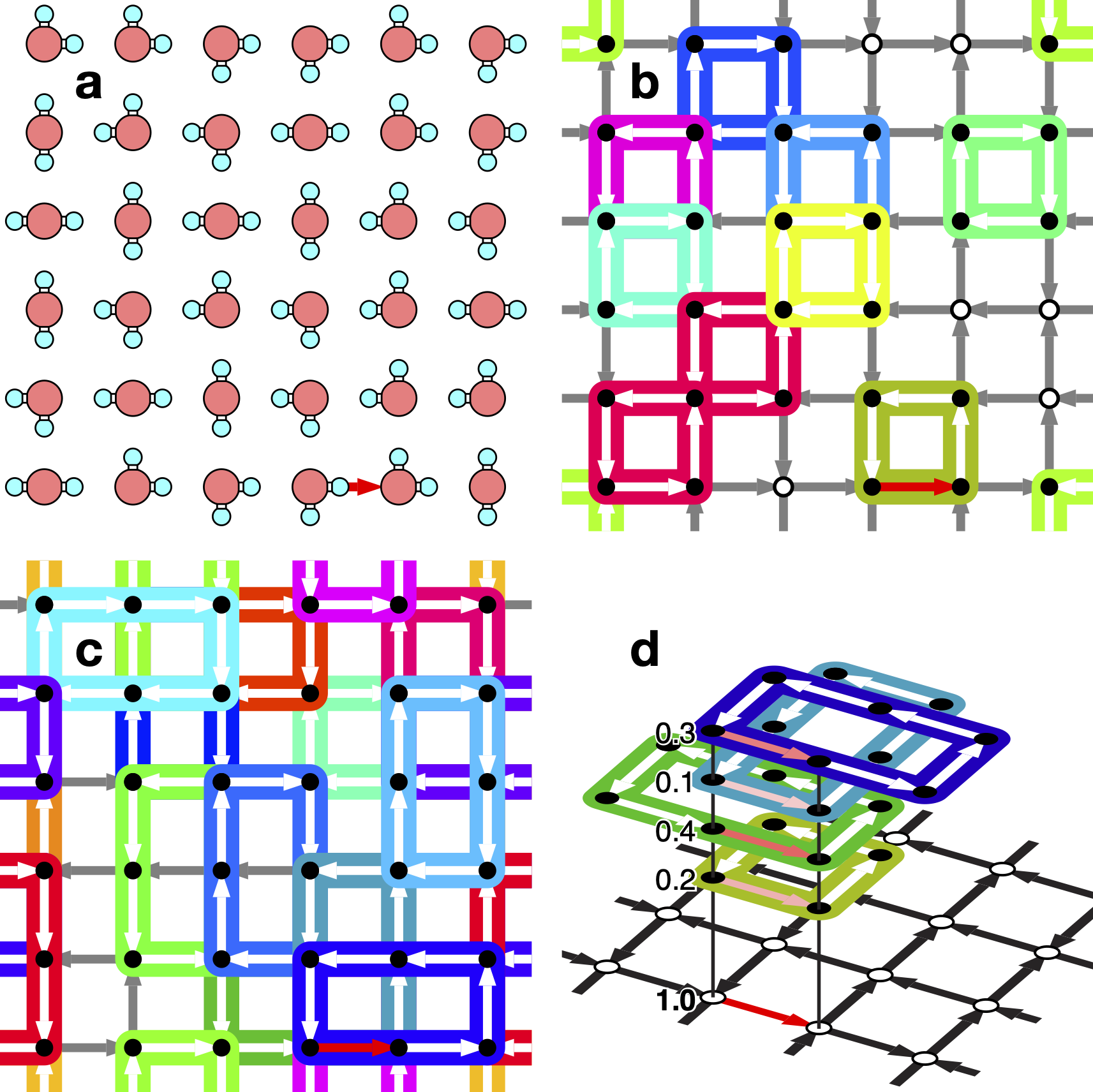On the anomalous homogeneity of hydrogen-disordered ice and its origin

In hydrogen-disordered ice, each water molecule is oriented in a different way, and the interaction between one water molecule and the surrounding water molecules can be attractive (low interaction energy) or repulsive (high interaction energy). The interaction between a water molecule and a large number of surrounding water molecules seems to be most influenced by the orientation of the water molecules in the immediate vicinity. However, calculations and experiments have shown that the interaction between a water molecule and all surrounding water molecules is almost the same regardless of whether the direction of the nearby water molecule is attractive or repulsive. It seems as if molecules in close proximity and many molecules in farther distances regulate their interactions to adjust their overall energy to always be the same. How is such a regulatory mechanism built into ice? This paper solves this mystery.
Matsumoto, M., Yagasaki, T. & Tanaka, H. On the anomalous homogeneity of hydrogen-disordered ice and its origin. J. Chem. Phys. 155, 164502 (2021) https://doi.org/10.1063/5.0065215
